A garnish is something to decorate or embellish on foods, usually at the last part of the preparation or during plating. Aside from making the dishes more visually appealing and enticing, garnishes also elevate the taste of a dish or drink.
In this post, you will find different types of garnish that are ideal for rice dishes, creamy pasta dishes, curry dishes, sweet dishes, egg dishes, side dishes and other numerous dishes. These garnishes can also be used on steamed vegetables, a salad dish or pesto recipes. They are very versatile and can be found in your favorite grocery store or at your local supermarket.
Types Of Garnish
Types of Garnish And Garnish Ideas
There are tons of ingredients that can be used on garnishing dishes. Let us take a look at the main types of garnish and what are those commonly used for each type.
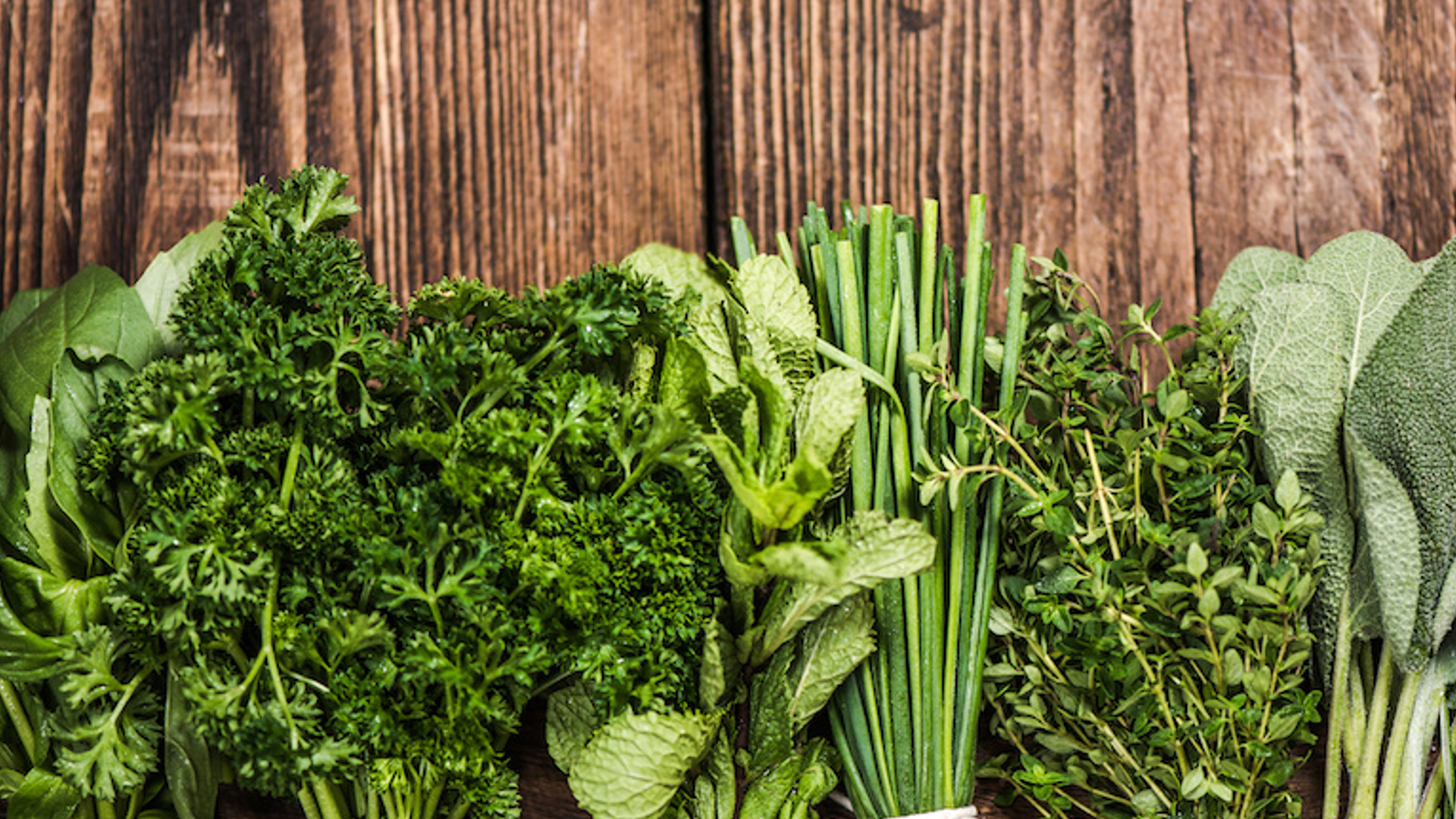
Herbs And Leaves
Probably the most commonly used that can garnish a dish immediately would be herbs and leaves. Versatile herbs and popular leaves used for garnishing purposes are spring greens, parsley, cilantro, thyme, oregano, dill, lettuce leaf basil, mint leaves, chives, chervil, spinach, coriander, and bay leaves.
Spring greens and spinach are usually used as a base for visual appeal. Parsley has the same appearance as cilantro, but it has a light herbal aroma that is both refreshing and comforting with a slightly bitter taste. Cilantro, on the other hand, has a pungent and citrusy flavor with a refreshing hint. If you are looking for a garnish that is capable of boosting the main flavor of your dish, parsley would be ideal. It is best to be used as chopped or sprigs garnish ideas for fresh salads, chicken, fish, or even soups.
Cilantro would be perfect for savory dishes such as sauces, smoothies, soups, and salads as it elevates both flavor and appearance of the food. One of the most versatile herbs and leaves would be mint. As a fresh garnish, mint has a fresh and clean taste that would make it more addicting as it provides a lingering cool effect on the tongue. Due to its versatility, mints can be used in raw, cooked dishes and even as a topping for your cocktails. It can also garnish your savory and sweet recipes, such as salads, juices, desserts, and scrambled eggs. Mints can be chopped or use its sprigs for garnishing and the most popular variety is apple mint.
Many people are still confused between mint and basil despite their distinct differences. Basil is an ideal garnish for various foods, such as soups, dips, and salads. Along with tomato, a pesto recipe could also use basil. Basil is under a family of mint that has a cool taste with a hint of subtle anise flavor. It is great for adding a deeply aromatic herbaceous flavor to your dishes. Also, basil comes in different varieties such as Thai basil, sweet basil, lettuce basil, and purple basil.
Chives can make your dishes more visually satisfying and will certainly enhance their flavor. These leaves can be used to garnish seafood dishes, egg recipes, or baked and mashed potatoes. If you are curious about its taste, chives have a mild and delicate taste with a hint of onion. Chives can also blend perfectly with onions and garlic to create a unique taste.
Fresh oregano is a versatile herb and has been popular worldwide for thousands of years. Dried oregano is ideal for cooking while the fresh ones are good to be used as a garnish for a rich and earthy flavor with a hint of sweetness. As a good garnish in various delicacies is often paired with thyme and both of these garnishes would be found in the same dish. Oregano is perfect for garnishing salads, sauces, pizzas, or adding it on mayonnaise for a twist of flavor profile.
Thyme is also one of the most commonly used herbs in the culinary world. Thyme leaves have this earthy, minty and subtle lemon flavor that are used as garnish for recipes cooked with beef or lamb. It is also perfect to garnish stews, soups, stuffings, and salads. Thyme leaves can be used as fresh sprigs in addition to vinegar and oil that can make marinades and dressings more enjoyable.
Rosemary is a famous garnish commonly used in salads, roasted meat, and numerous lamb dishes due to its pungent and lemony-pine-like flavor. It can also be mistaken as thyme, but rosemary has a needle-like leaf that produces a source of essential oil that gives a distinct aroma. The whole sprigs of rosemary is suitable to be used as a garnish as it enhances the flavor of your dishes. It can also make your food visually appealing due to the purple color of rosemary flowers.
Bay leaves possess a strong, floral, and herbal flavor and are also popular in cooking aside from being used as garnish alone. Dried bay leaves are used as an ingredient to elevate the flavor of stews, soups, and braises. For garnishing, fresh bay leaves are more suitable for the job and great to be used as garnish for canned foods and cocktails. Since fresh bay leaves are hard to find, you can store them in the freezer for up to 3 months to retain their quality for future use.
If you are looking for a garnish to your marinades, casseroles, soups, and sauces, consider getting sorrel. It is a type of herb that has a tart and bright flavor that’s used in many cuisines in Eastern Europe, Greece, and Albania. Sorrel also has a refreshing and tangy flavor that’s great for fish and veal. Fresh sorrel is also considered as a great substitute if you don’t have spinach.
Lemongrass is a popular ingredient in many Asian delicacies. This garnish has that lemon and citrus flavor that’s also great for marinades and sauces. Its lovely fragrance is a combination of lemon juice and mint combined together. Lemongrass is known to be used as a garnish for cocktails. Simply add a stalk of lemongrass to your cocktail before serving. Rice dishes, such as Pad Thai which is a stir-fried rice noodle dish in Thailand cuisine, uses crushed lemongrass stalks to garnish to add some aroma into the dish.

Edible Flowers
If you are looking for something to totally enhance the visual appearance of your dish by making your plate more colorful, use edible flowers as garnish. Calendula, Pansies, and Jasmines are some examples of edible flowers that can be used as a garnish in many dishes. Usually, these edible flowers are used in garnishing desserts such as cakes, but it is not limited there. Edible flowers can also be used in different salads and side dishes as well.
If you want your dishes more luxurious and visually appealing, use pansies as garnish. They have a wide range of colors, such as white, yellow, purple, and blue. The fresh petals of calendula flowers are also ideal for garnishing for salads. Just separate the petals from the flower head and sprinkle them over. You can also use its dried petals to garnish winter soups and make it more colorful.
You can also add color and life to your dishes by using cornflower as garnish. These edible flowers have a bright purple tone that will surely make the appearance of the food more enticing. Lavender, dandelions, honeysuckles, and citrus blossoms are also famous when it comes to using edible flowers as a garnish, like the famous Thai Veg Flower garnish.
Edible flowers are types of garnish that will surely elevate the appearance of the dishes. However, they are the perfect example that garnishes aren’t solely for visual effects, but they can also add a distinct flavor to your dish. Selecting the most appropriate edible flower can improve the taste of the dish while adding a fresh flourish of color. Put them on your pastries or sprinkle them over an ice cream, salads or any of your favorite desserts.
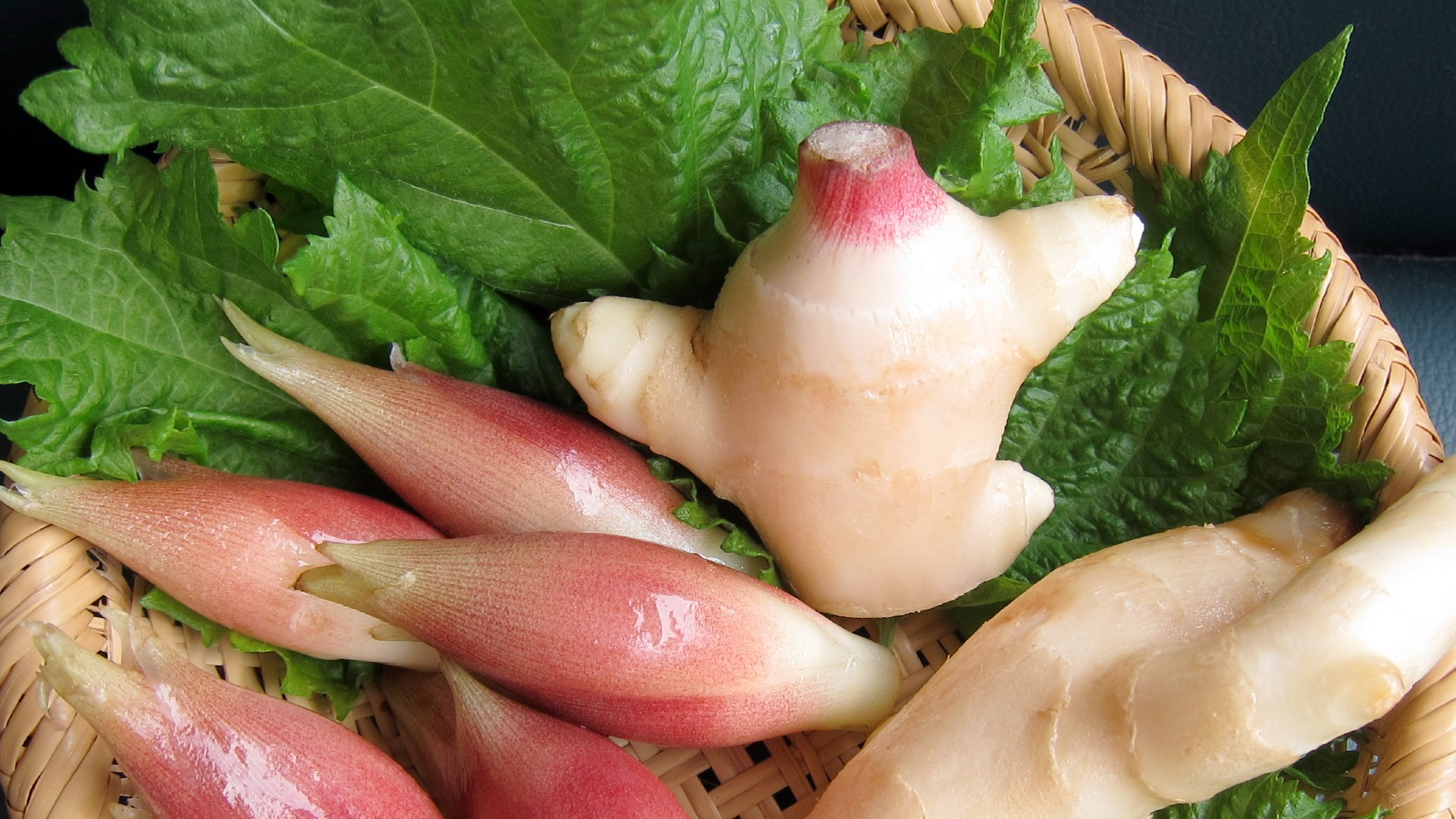
Roots And Greens
Used as side salads on platters to fill up the empty space, roots and greens are popular to be used as garnish for those instances. That means they are the base of the plate and examples of them include endive, butter crisp lettuce, spring greens, spinach and romaine lettuce.
Spinach is one of the most popular greens used as garnish as it has many varieties with their own distinct flavor profile that will surely enhance the taste of the dish. Endive is also a type of greens that has a crisp and bitter flavor when raw. Fresh endives are great for garnishing salads. When cooked, endive has that sharp flavor that softens into a mellow, nutty sweetness.
Romaine lettuce is a great garnish due to its nutrition benefits. Compared to regular lettuces, romaine lettuce has higher levels of vitamin A, K, and folate. It has a mild flavor and crisp texture that’s also a great addition for salads.

Purees
Another great way to make a beautifully decorated platter would be purees. Depending on the kinds of purees you choose, this is one of the types of garnish that will surely enhance your dishes by providing it a vibrant color. Just like greens, purees can also fill up space on the platter and make it more useful to garnish plates with more space and needs to be filled. On top of that, it will surely enhance the taste of the dish.
One of the most used purees as garnish is potato puree and tomato puree. They are versatile purees that you can pour on your favorite dishes. You can also combine it along with other types of garnish and spread them over your plate to pop some color and make it pleasant on the eyes.
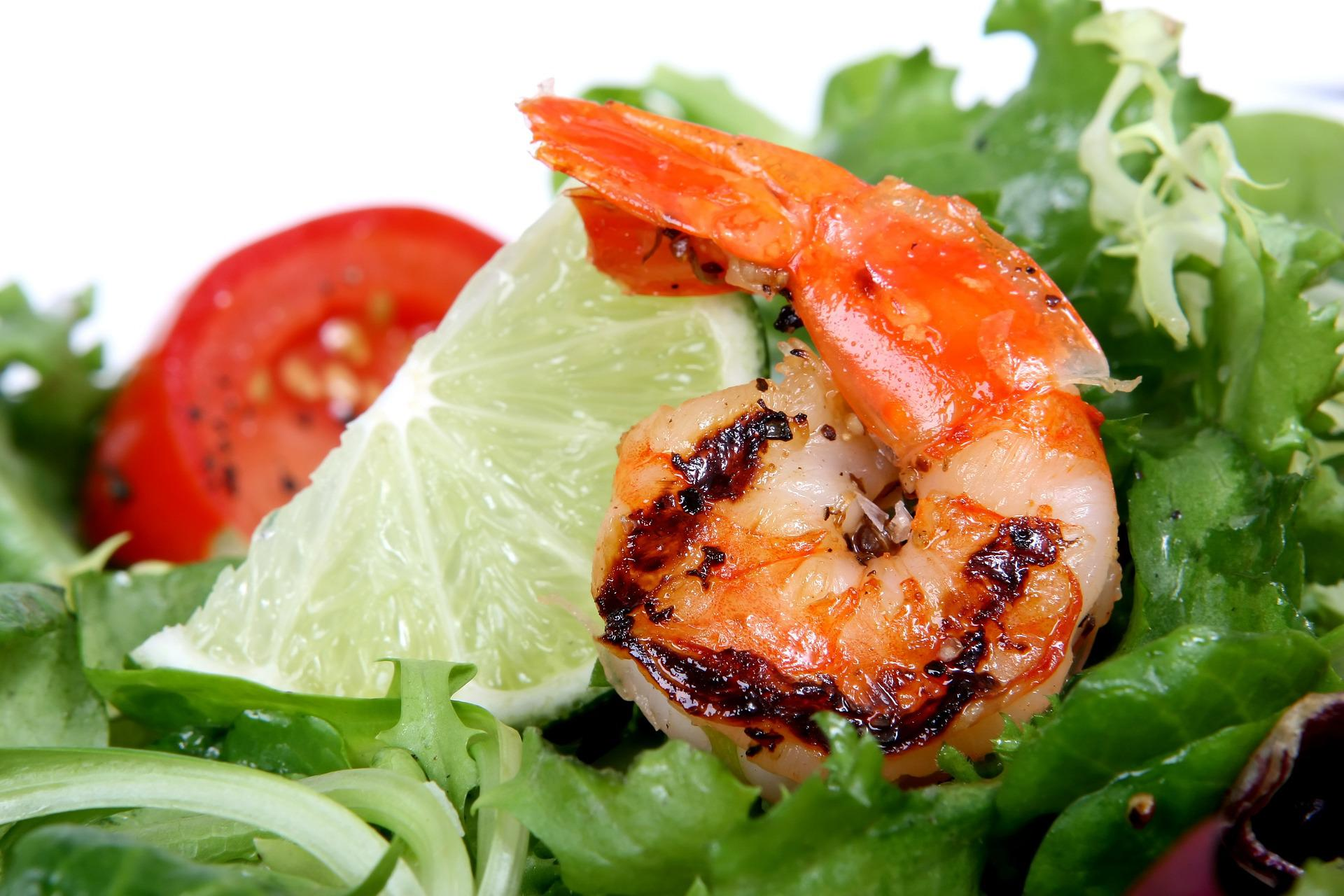
Fruits And Vegetables
Fruits and vegetables are also versatile ingredients that can be used as garnish for different dishes. Lemon, lime, oranges, berries, grapes, radish, asparagus and tomatoes are those common fruits and vegetables that you’ll see as garnish. They can either be sliced, wedged, or used for their zest. You can also serve fancy dishes with the use of fruits and vegetables as garnish.
Lime is probably one of the most popular fruits that’s being used for garnishing cocktails. Aside from the lemon wedges, limes can enhance the flavor of alcoholic beverages by making it more flavorful while providing the fresh aroma. Its sour and acidic taste can balance the sweet and bland flavor of your cocktails. Lime-flavored cocktails will surely benefit from lime and putting it as a garnish will make the cocktail more attractive.
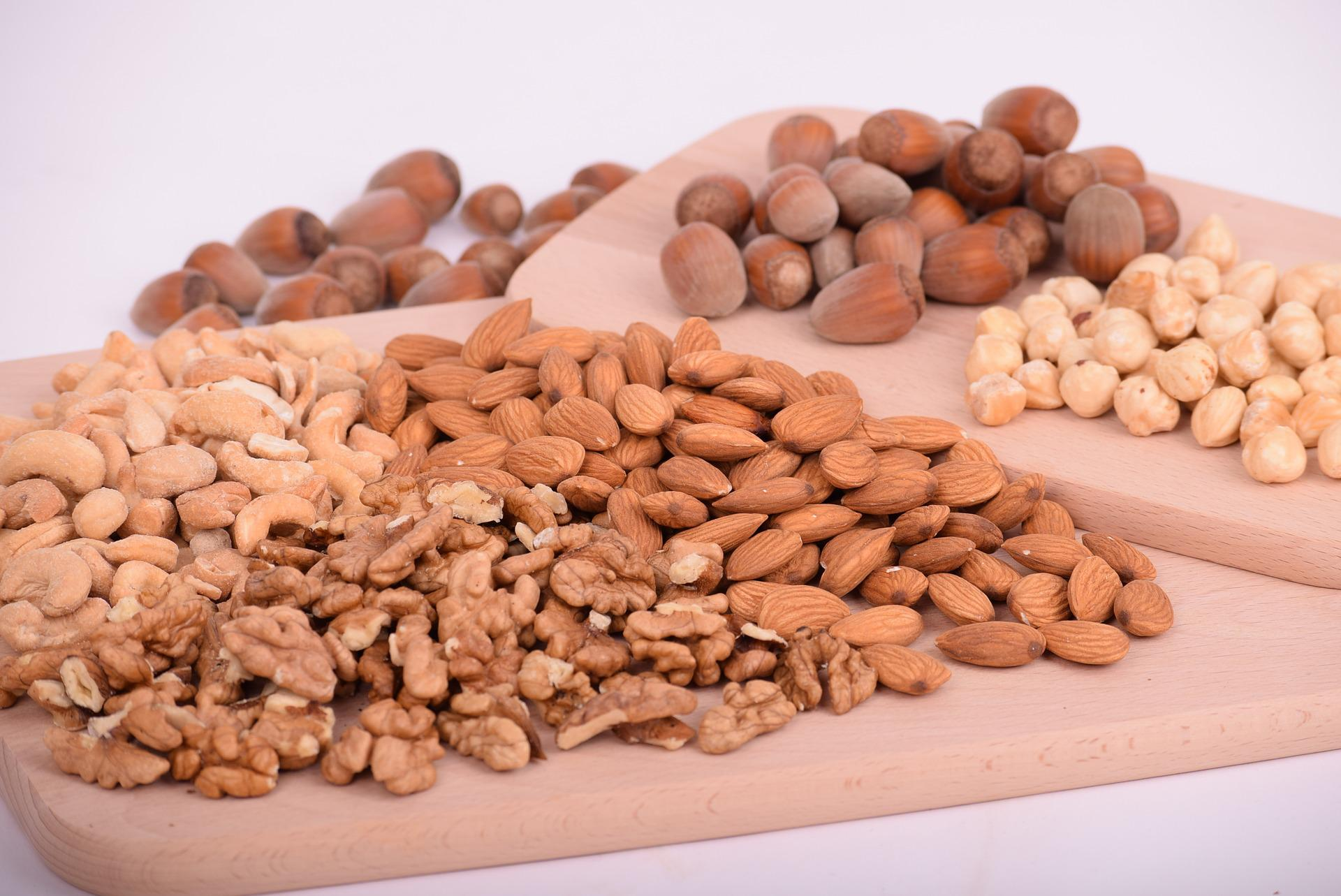
Nuts
Dried fruits nuts like cashews, almonds, and pistachios are also perfect for garnishing different dishes, preferably those with rice recipes. You can use this type of garnish as grinded, chopped, sliced or just while. Simply sprinkle some nuts on your dish before serving.
Rice dishes, meat, fish, or salads will surely benefit with nuts as garnish. With any form of nuts, you can also use them to enhance the taste and quality of pastries, bread, cakes, and cookies. With its texture, your plate will never be the same with nuts in it.
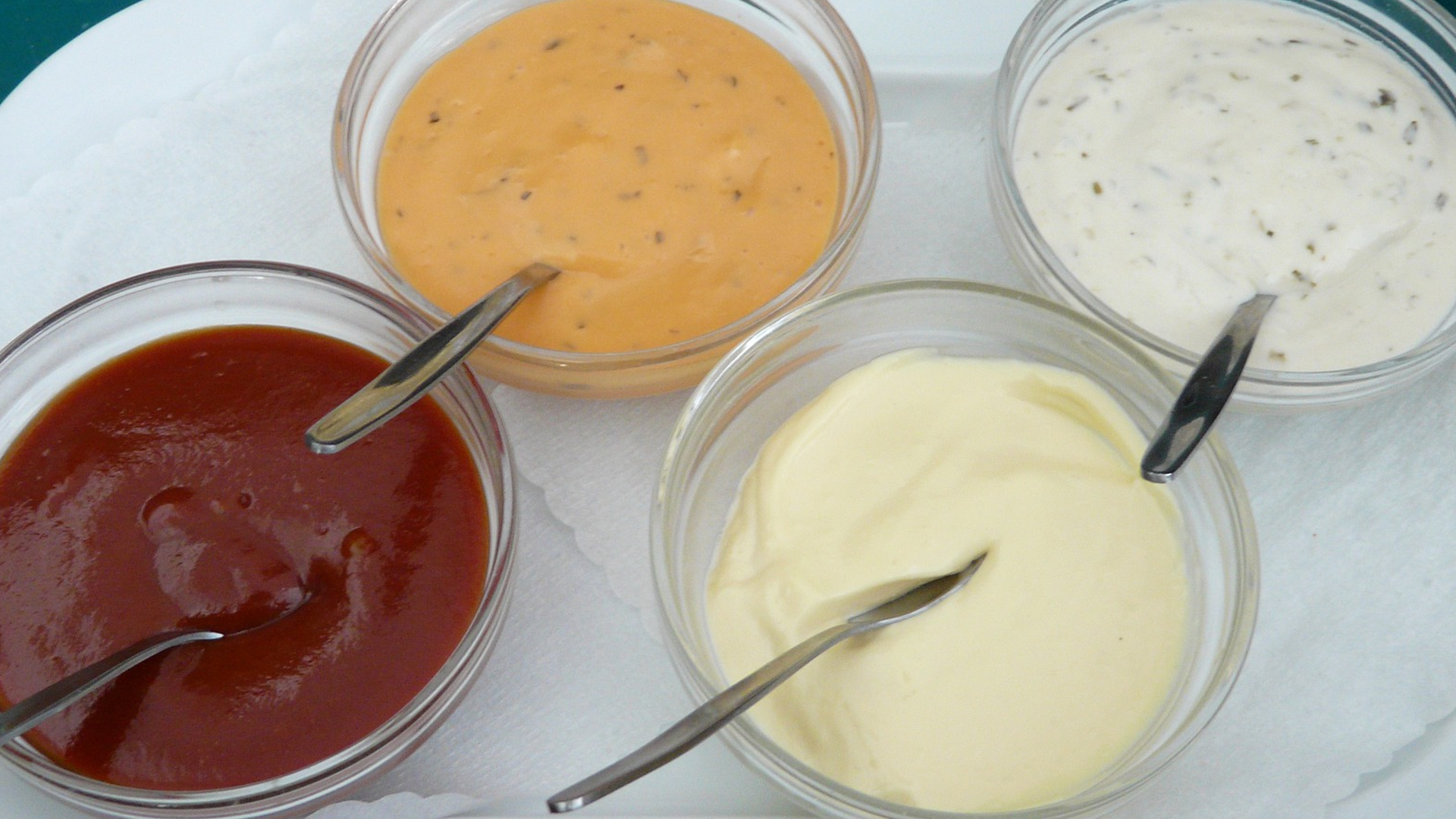
Sauces
Sauces are a very convenient type of garnish as they are readily available in most kitchens, groceries and supermarkets. Perfect for garnishing savory dishes, especially delicacies made with meats and steaks, sauces will help improve the appearance and flavor of your dishes. You can even use any sauces you have prepared during the cooking process.
Since sauces won’t be able to increase the amount of food on your plate, they are only ideal to be used on more filling meals. The most common sauces used as garnish would be BBQ sauces and teriyaki. Sour cream, along with tomato puree, is also great to improve the visual context of the dish.
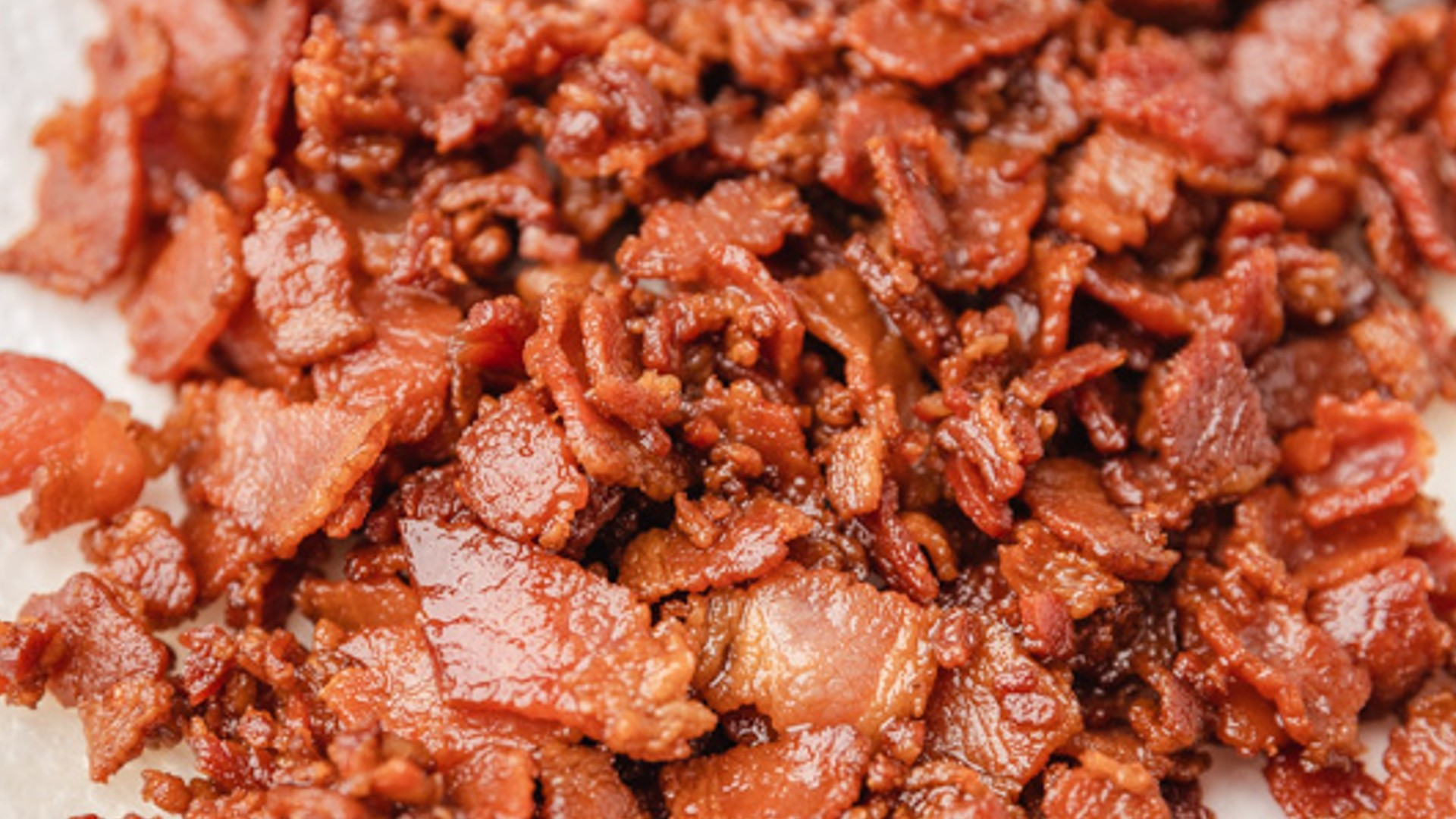
Crumbled Bacon
Famous for being a versatile side dish for every dish, a crumbled crunchy bacon can also be used as a garnish for savory dishes such as chicken, fish, and soups. Its smoky and salty flavor, like original bacon, can also enhance the flavor of sweet dishes like pancakes and ice cream.
The bits of bacon will surely elevate the flavor profile of your dish, while giving it a crunchy twist. For garnish ideas, simply cut your prepared bacon into pieces and bake them for a few minutes and sprinkle these crumbled bacon on top of your favorite dish.
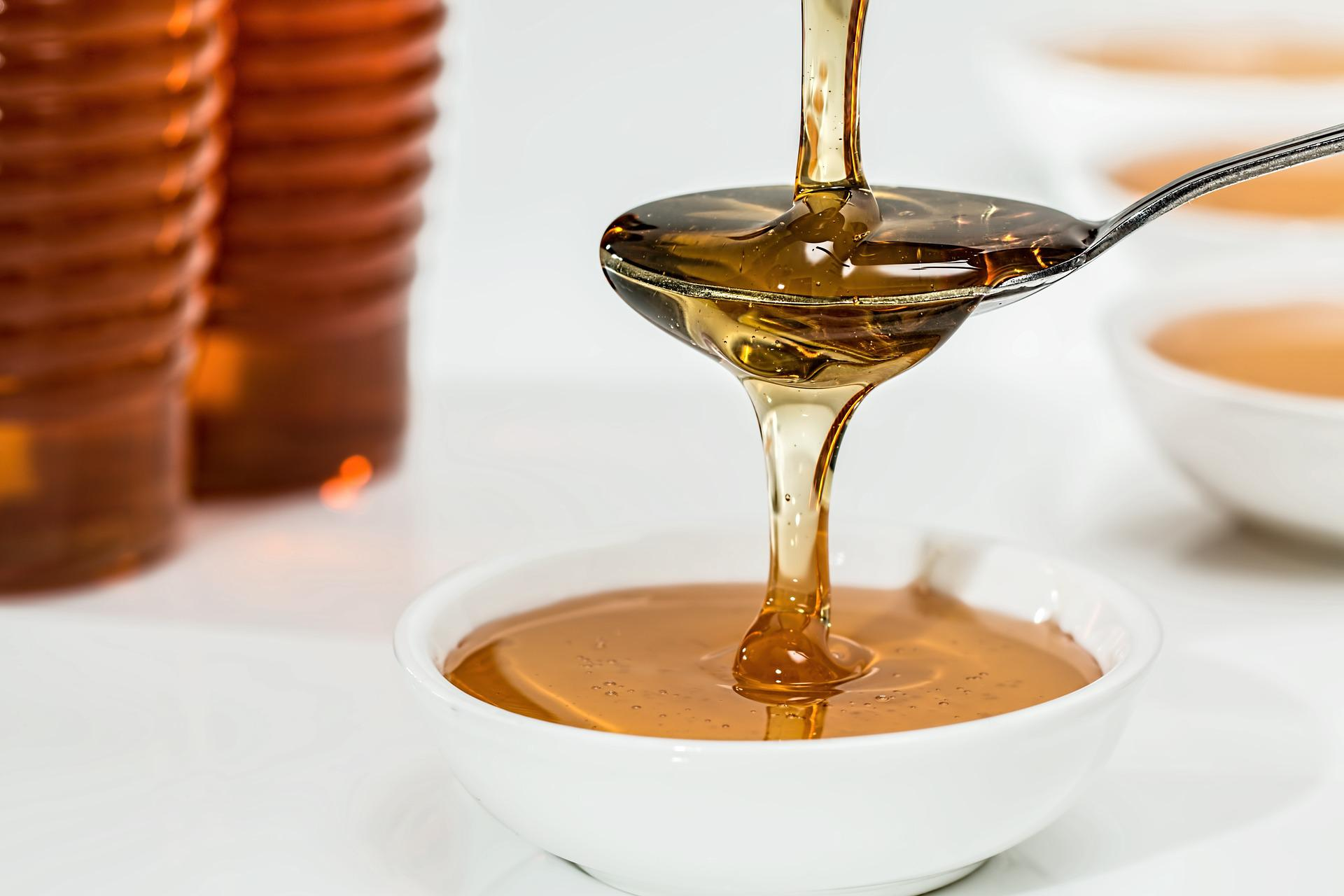
Syrups
Aside from using chocolate sauce, the perfect way to garnish your pancakes or other desserts is to drizzle some syrups. Its sweet flavor and a vibrant color will surely satisfy your cravings and will boost the flavors of your dishes. Typical syrups that are used for garnish include maple syrup, chocolate syrups, strawberries syrups, and corn syrups. Simply pour syrups on top of your desserts before serving.
How To Use Garnish Properly
Make sure that the type of garnish you are using is edible and can be noticed easily on the plate. Their flavor profile should always match with the dish you are garnishing. For example, if you are preparing desserts, don’t use herbs as garnish. If you are making curries, never put fruits as garnish on the dish.
Whether you are using an edible flower or greens/leaves as garnish, don’t overdo it. Some people might get annoyed if you put too much of these garnishes on their plate and it’s not pleasant in the eyes. Always remember that a garnish isn’t solely for visual appeal, but it is also there to improve the flavor and texture of your dish.
Summary
The importance of garnishing food may be seen if you own a restaurant or if you go to fine dining. When serving food, it’s the eyes that see it first, and the first impression should always be good as it will last as they say. Putting a nice garnish on the food will improve its visual appeal and make it more exciting to taste.
Garnish doesn’t have to be fancy and lavish. A sprinkle of parsley or lemon thyme over steamed rice can make it more appetizing. Aside from the visual presentation, garnish is there to enhance the taste of your food. For example, a lemon may provide some pop of color to a seafood platter, but its juice will enhance its flavor and would make the dish more enjoyable.
Sometimes, an empty-looking plate even after plating the food can be unattractive. For it to be such a beautiful dish, garnish can fill the gap. One great example is adding some sautéed vegetables on a steak will make it look more appealing. If you are serving a single slice of cheesecake in the middle of the plate, fill the gap by putting some strawberry sauce at the sides as garnish.
Garnish isn’t only used on foods. It can also be used on different beverages, such as cocktails. There are lots of ways to sprinkle garnishes, use edible flower garnish or crunchy breadcrumbs. Serving seafood fillets will benefit if you have some lime or lemon wedges as garnish. If you have a better looking dish, then its taste is more likely great as well.

